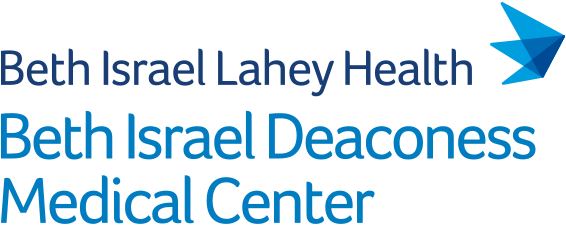Abstract
BACKGROUND: Implantable cardioverter-defibrillator (ICD) intervention is an established prophylactic measure. Identifying high-benefit patients poses challenges.
PURPOSE: To assess the prognostic value of cardiac magnetic resonance imaging (MRI) parameters including myocardial deformation for risk stratification of ICD intervention in non-ischemic cardiomyopathy (NICM) while accounting for competing mortality risk.
STUDY TYPE: Retrospective and prospective.
POPULATION: One hundred and fifty-nine NICM patients eligible for primary ICD (117 male, 54 ± 13 years) and 49 control subjects (38 male, 53 ± 5 years).
FIELD STRENGTH/SEQUENCE: Balanced steady state free precession (bSSFP) and three-dimensional phase-sensitive inversion-recovery late gadolinium enhancement (LGE) sequences at 1.5 T or 3 T.
ASSESSMENT: Patients underwent MRI before ICD implantation and were followed up. Functional parameters, left ventricular global radial, circumferential and longitudinal strain, right ventricular free wall longitudinal strain (RV FWLS) and left atrial strain were measured (Circle, cvi42). LGE presence was assessed visually. The primary endpoint was appropriate ICD intervention. Models were developed to determine outcome, with and without accounting for competing risk (non-sudden cardiac death), and compared to a baseline model including LGE and clinical features.
STATISTICAL TESTS: Wilcoxon non-parametric test, Cox's proportional hazards regression, Fine-Gray competing risk model, and cumulative incidence functions. Harrell's c statistic was used for model selection. A P value <0.05 was considered statistically significant.
RESULTS: Follow-up duration was 1176 ± 960 days (median: 896). Twenty-six patients (16%) met the primary endpoint. RV FWLS demonstrated a significant difference between patients with and without events (-12.5% ± 5 vs. -16.4% ± 5.5). Univariable analyses showed LGE and RV FWLS were significantly associated with outcome (LGE: hazard ratio [HR] = 3.69, 95% CI = 1.28-10.62; RV FWLS: HR = 2.04, 95% CI = 1.30-3.22). RV FWLS significantly improved the prognostic value of baseline model and remained significant in multivariable analysis, accounting for competing risk (HR = 1.73, 95% CI = 1.12-2.66).
DATA CONCLUSIONS: In NICM, RV FWLS may provide additional predictive value for predicting appropriate ICD intervention.
LEVEL OF EVIDENCE: 2 TECHNICAL EFFICACY: Stage 5.
